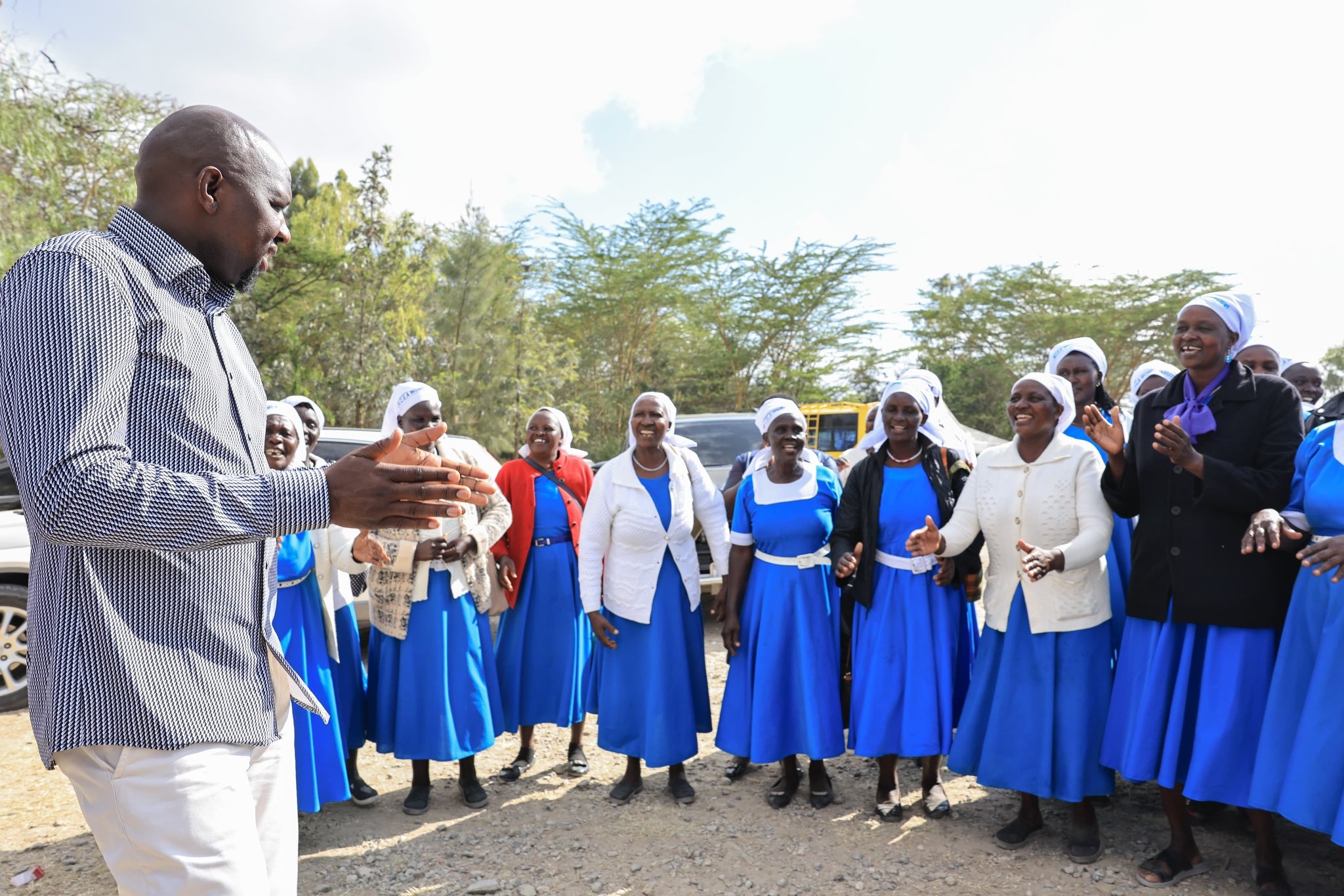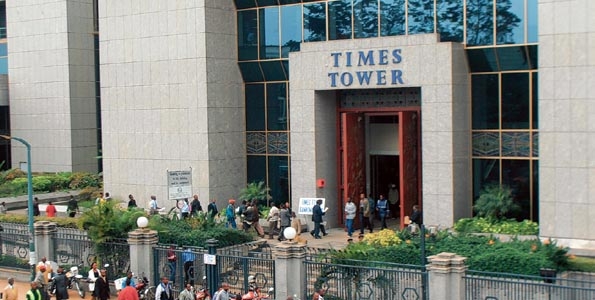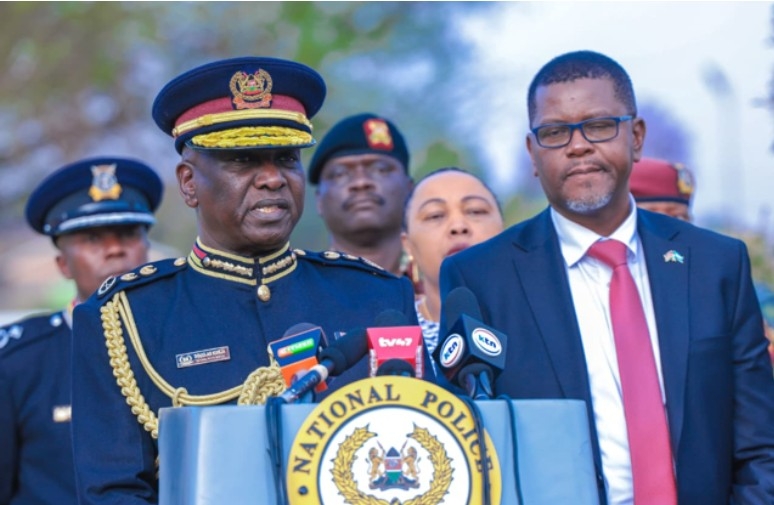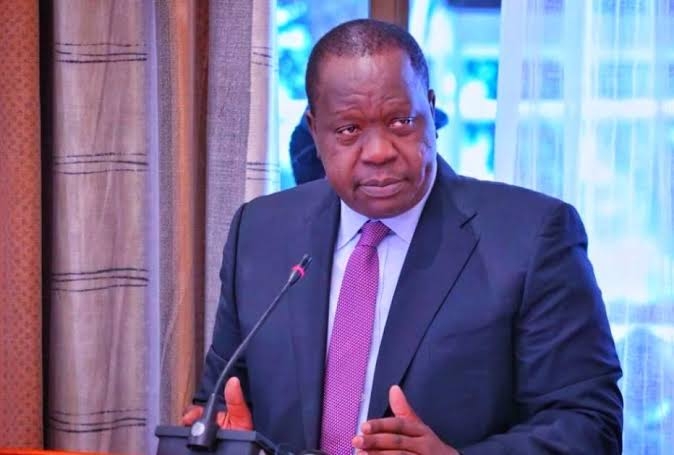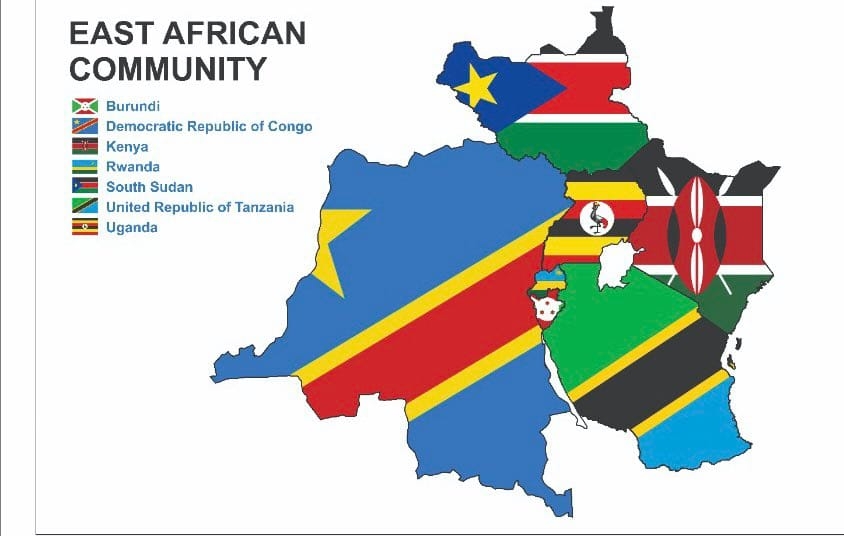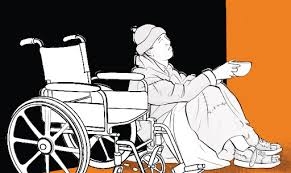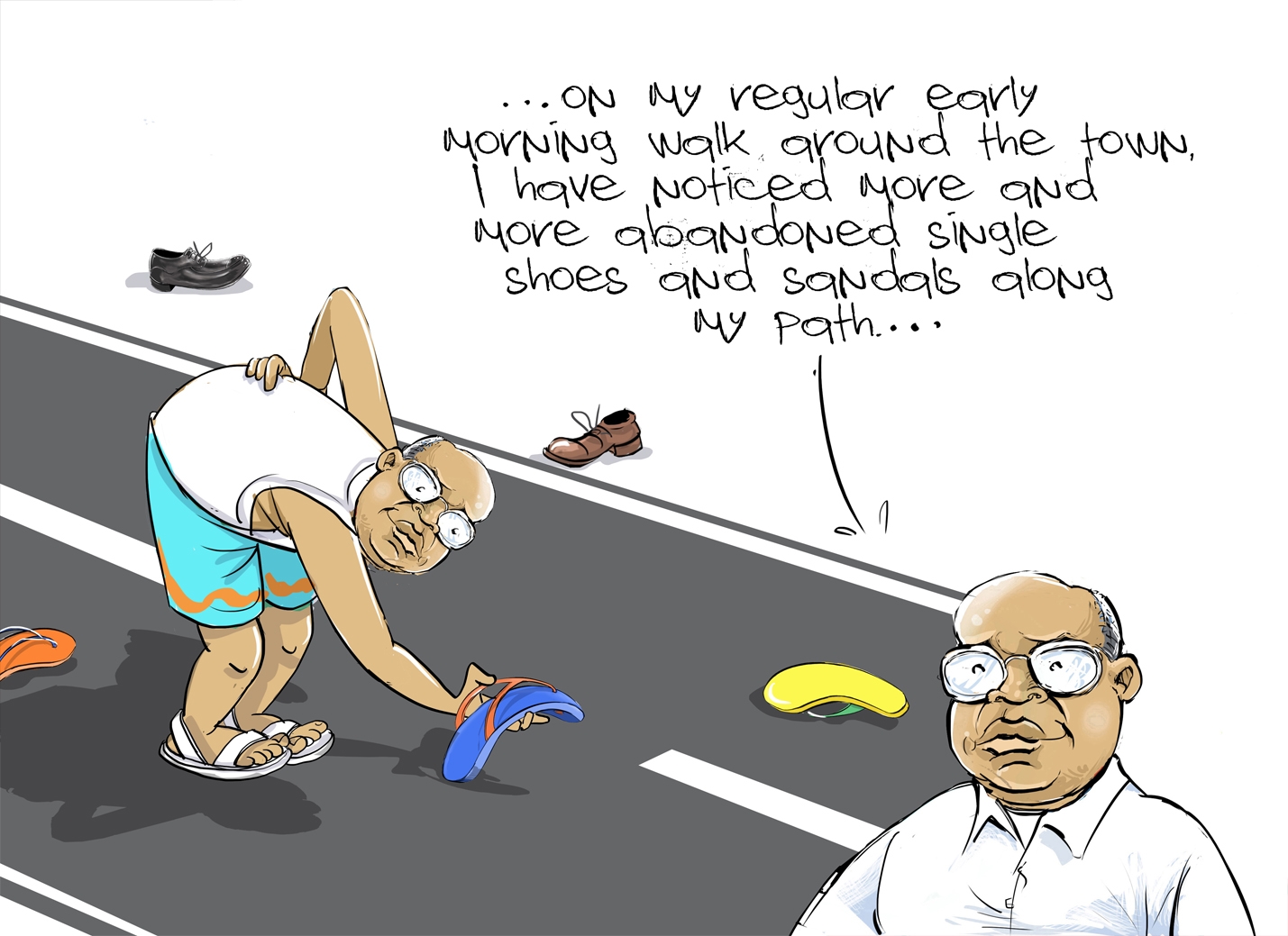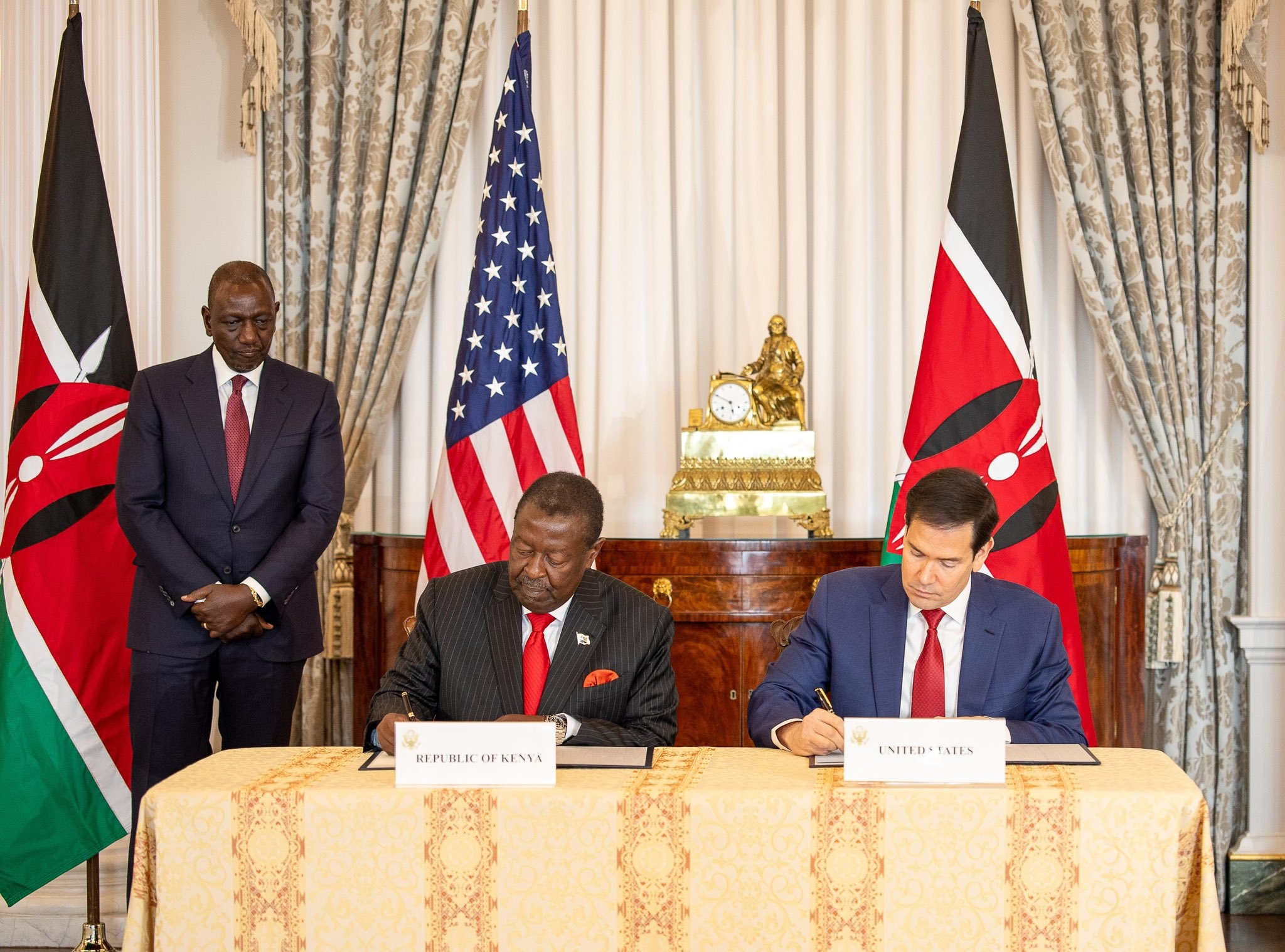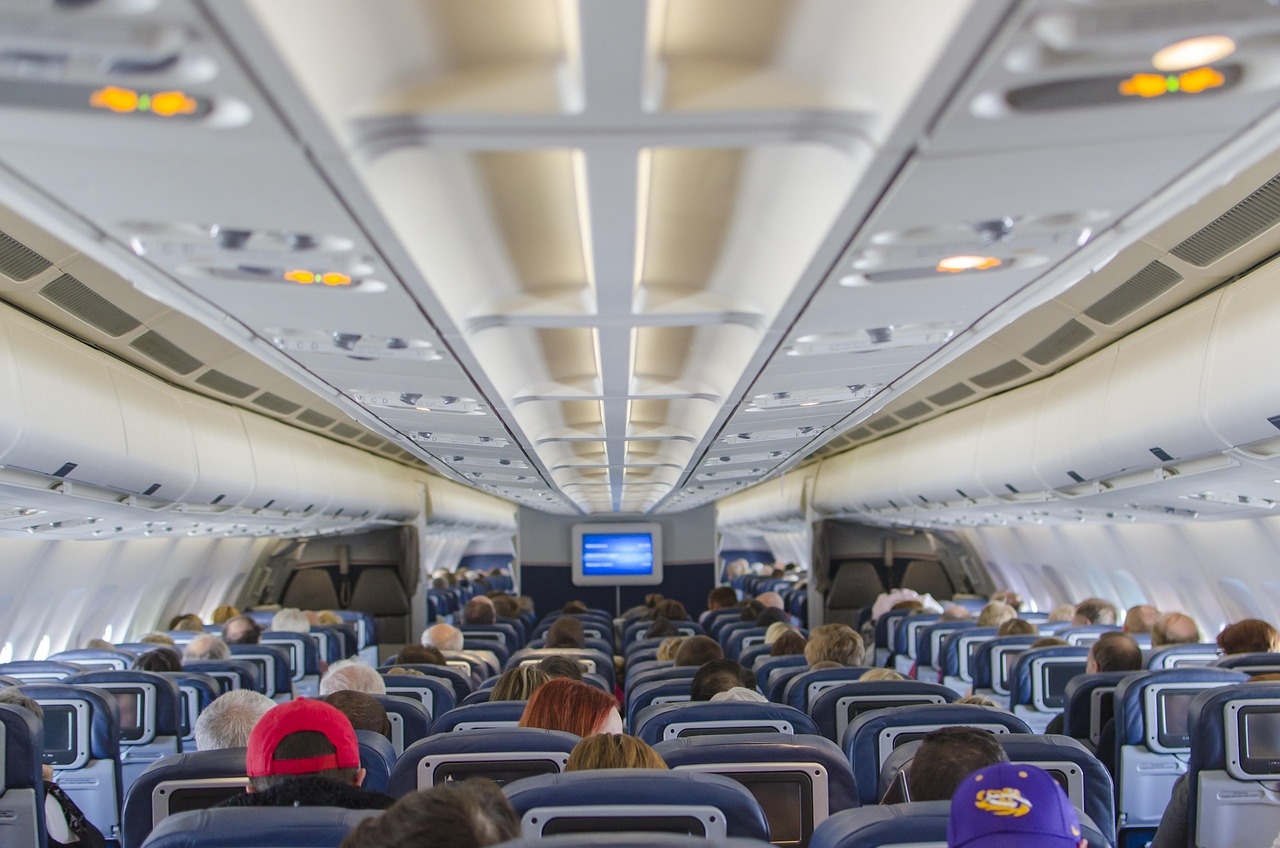The doctors' strike has exposed the Kenyan populace to physical and mental suffering due to lack of critical medical care. Kenyan public hospitals have been plagued by many issues in the recent past. This is despite the high number of medical personnel trained in and outside the country to bridge the gap of skewed patients to medical personnel ratio.
In recent years, Kenya has witnessed a surge in the enrolment of students in medical and clinical medicine schools. However, this influx has not been met with a corresponding expansion of infrastructure, raising concerns about the quality of education and practical experiences for aspiring healthcare professionals. The medical and clinical medicine training space is plagued by many challenges. They include:
Enrolment challenges
One glaring issue is the high number of students enrolled in medical schools, including prominent institutions like JKUAT, the University of Nairobi and Kenyatta University. This surge has strained existing resources and facilities, adversely affecting the overall learning experience.
Infrastructure stagnation
Despite the increased enrolment, there is a noticeable absence of new infrastructure in many medical schools. This is particularly evident in some institutions where students, especially those enrolled in clinical medicine, often neglect attending classes due to a lack of accountability.
Overburdened public hospitals
The reliance on existing public hospital infrastructure has led to a skewed student-patient ratio. For instance, Thika Level 5 Hospital serves multiple institutions like KMTC Thika town campus, JKUAT and Mount Kenya University. The overwhelming number of students exceeds the capacity of these hospitals, possibly compromising the quality of practical experiences.
Deficient practical training
In some cases, students go through rotations without gaining sufficient practical experience, raising concerns about their preparedness for the challenges of real-world healthcare settings.
Addressing these challenges requires a paradigm shift in medical education in Kenya.
Reducing student admissions
There is a pressing need to reduce the number of students admitted to medical courses within the existing infrastructure. This would ensure a more manageable student-patient ratio, allowing for a more focused and quality learning experience.
Investing in teaching hospitals
Universities should prioritise investment in teaching hospitals. Building and expanding such facilities would help alleviate the burden on public hospitals and provide students with dedicated spaces for hands-on training. This investment would contribute to a more comprehensive and effective medical education system.
Quality faculty
Universities must also prioritise the recruitment of highly trained and qualified staff. The quality of education is directly linked to the expertise of educators, and investing in skilled faculty will enhance the learning experience for aspiring healthcare professionals.
In conclusion, the current state of medical and clinical medicine schools in Kenya calls for urgent and strategic interventions. By reducing student admissions, investing in teaching hospitals, and ensuring a high-calibre faculty, Kenya can pave the way for a healthcare education system that produces competent and well-prepared professionals to meet the nation's ever-growing healthcare needs.
Lecturer, School of Clinical Medicine - Mount Kenya University






